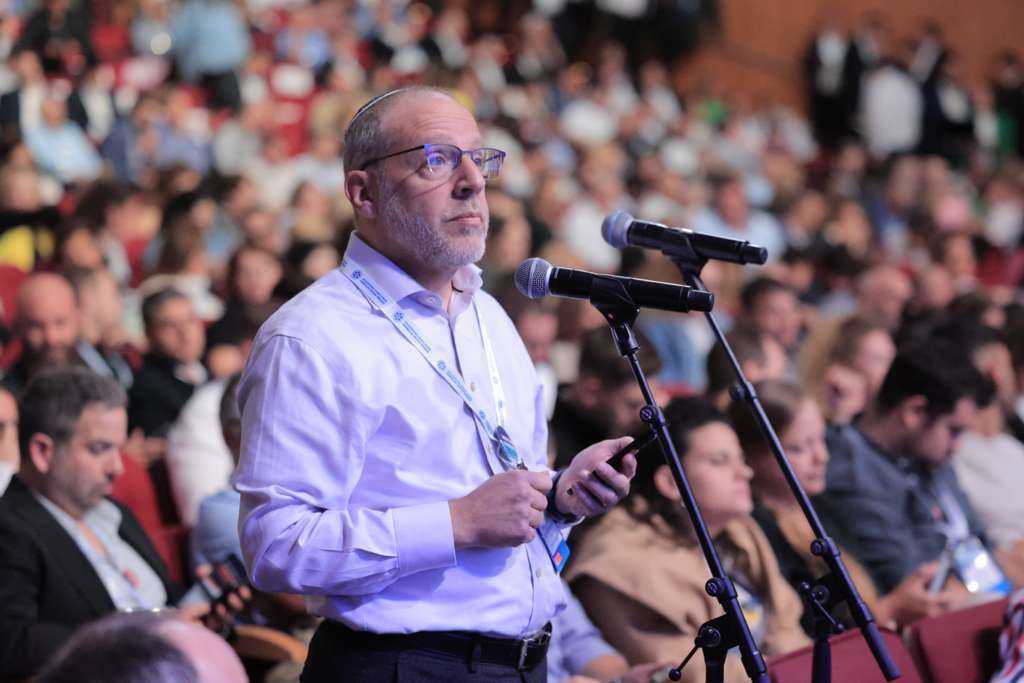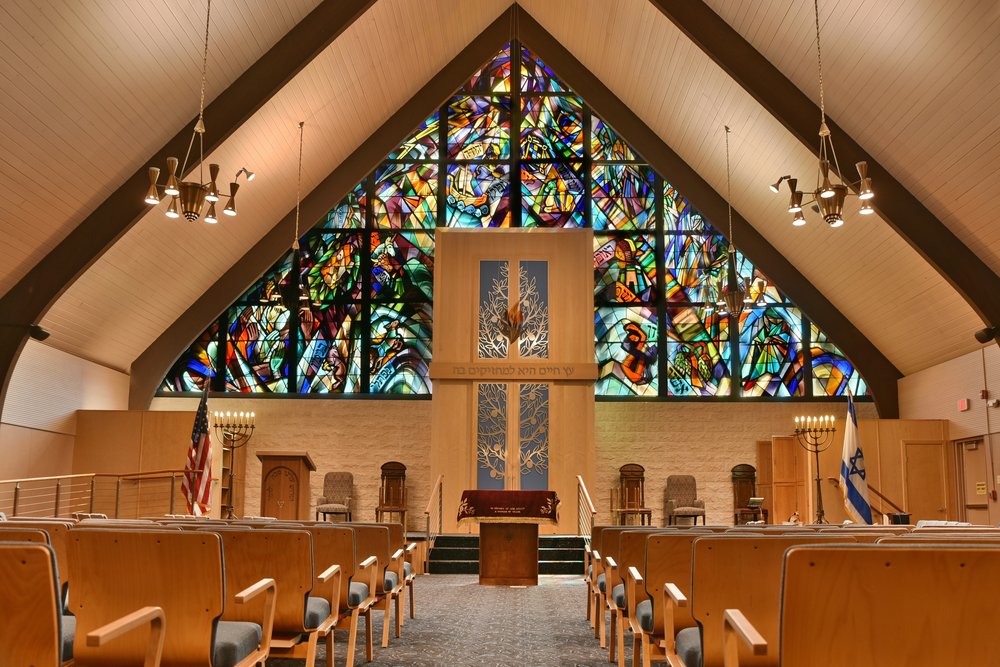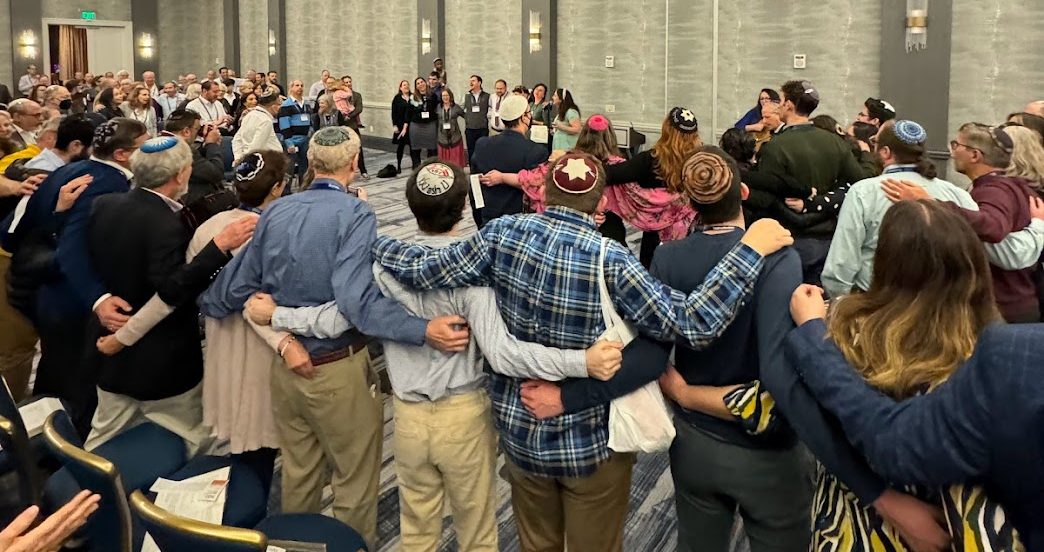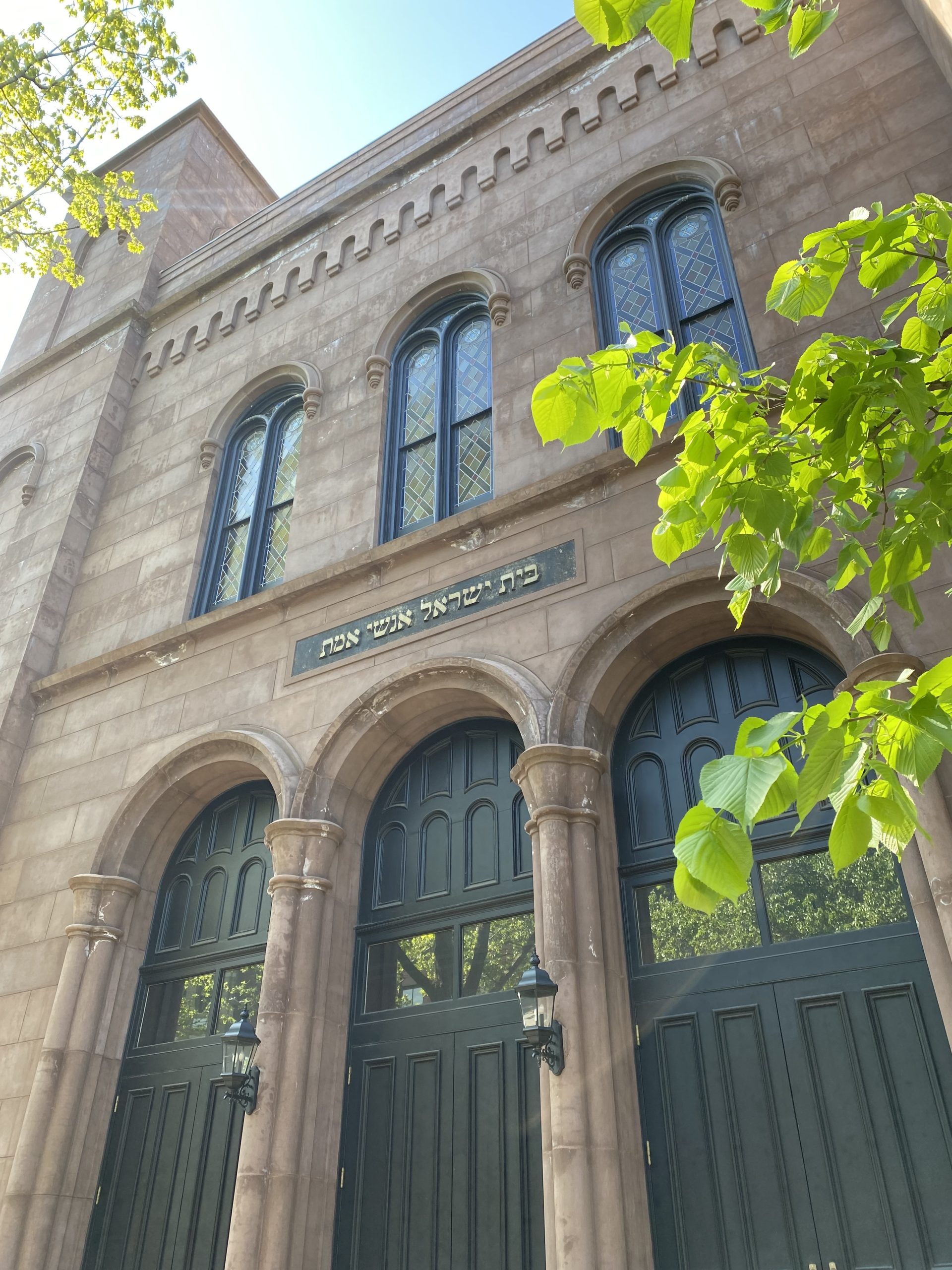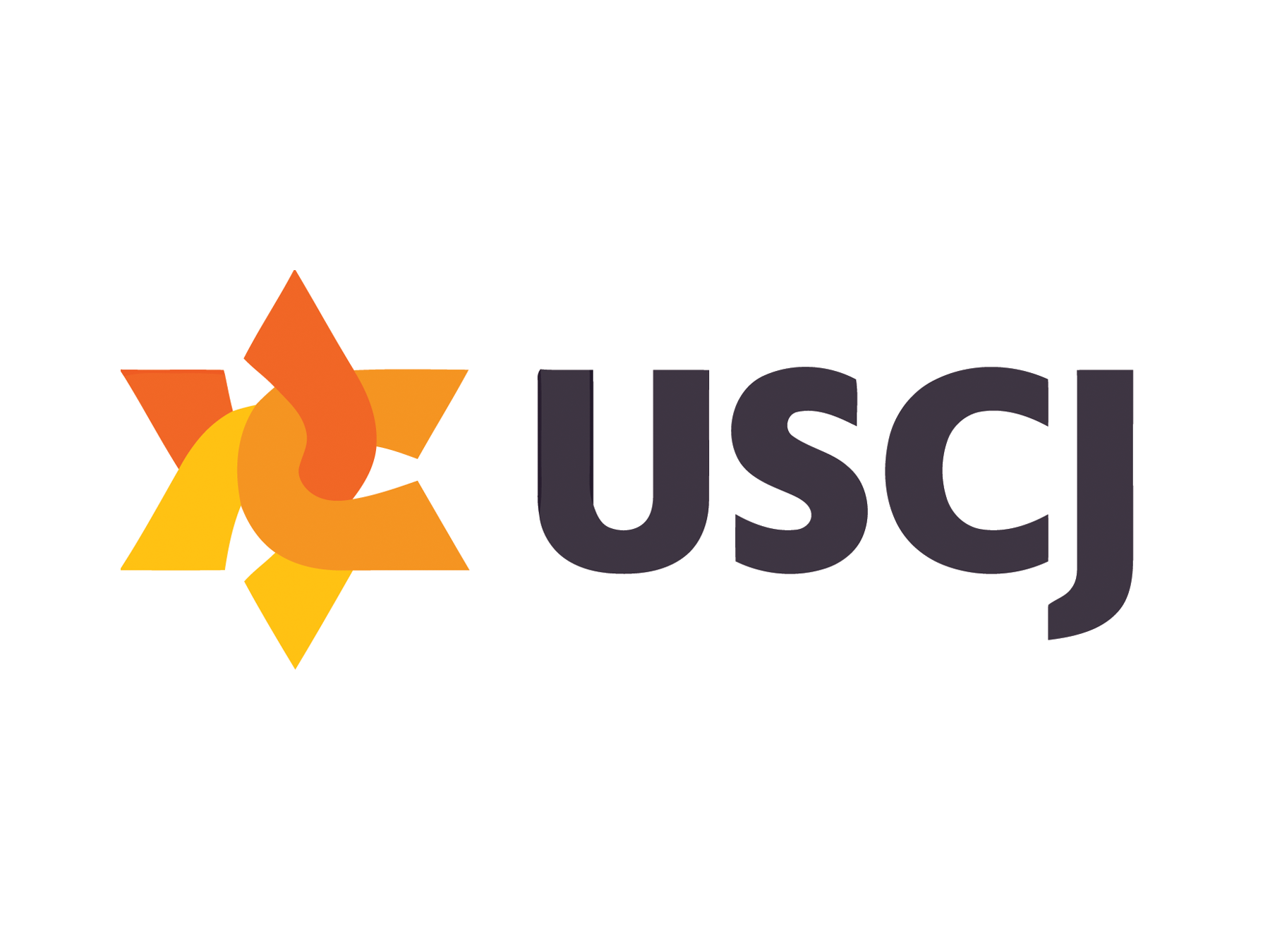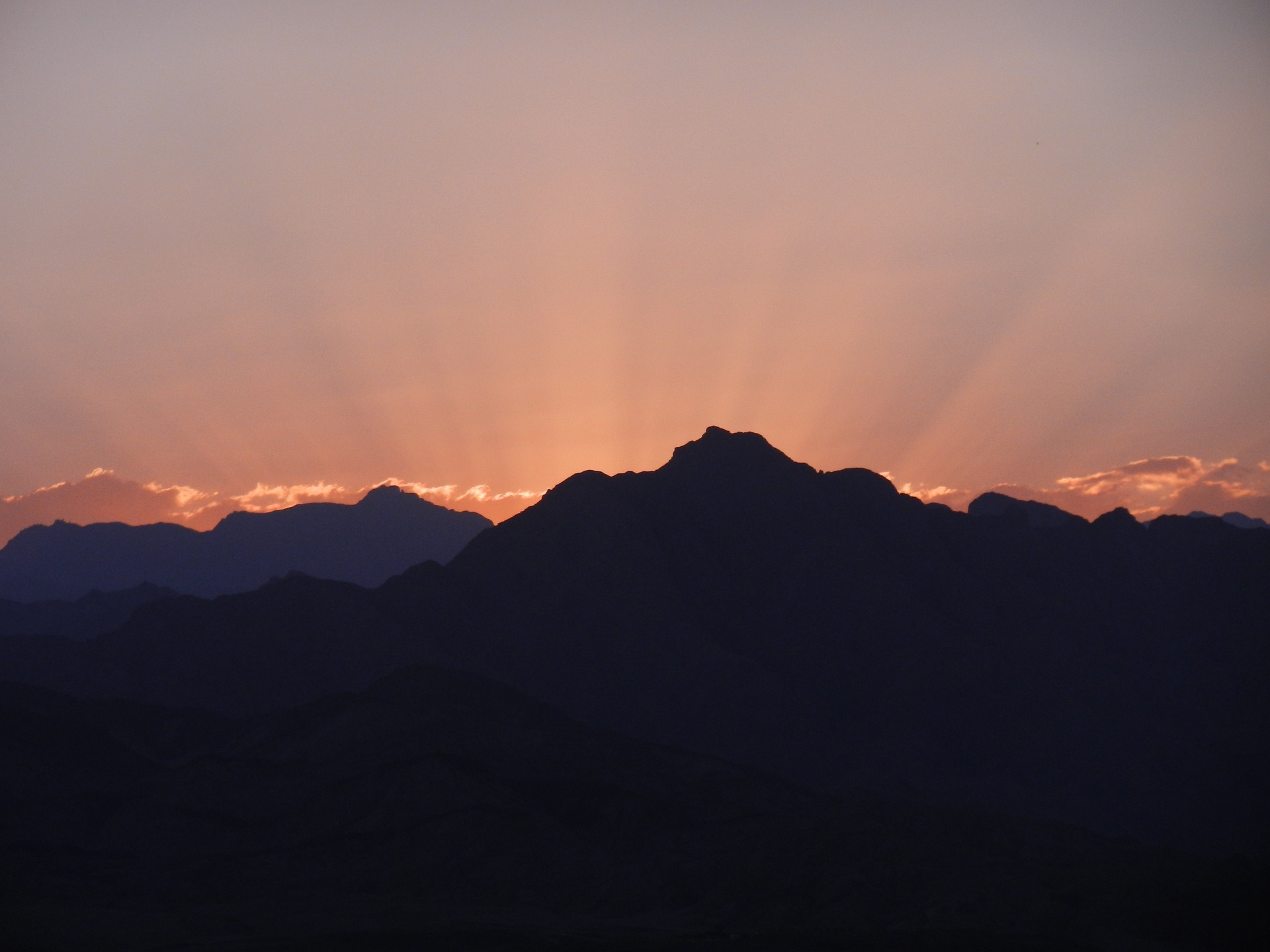
Shavuot is the celebration of receiving the Torah and one way that it is celebrated is to stay up all night studying Torah in anticipation of reenacting the main event through reading the relevant Torah portion at dawn on the first day of the holiday. (If you’re interested in taking part in such a tikkun leil shavuot virtually, our movement is hosting one – more info here)
This custom connects to the description in the Torah that on the morning when the Torah was to be given, it says (Exodus 19:16) On the third day, as morning dawned, there was thunder, and lightning, and a dense cloud upon the mountain. This is understood to mean that when the people awoke God’s presence, in the form of a dense cloud, was upon Mt. Sinai.
If God’s presence was already on the mountain then the people of Israel were keeping God waiting! To rectify that, in our reenactment, we stay up all night, to ensure that we are there first. And we mirror the anticipation that the people of Israel should have felt in advance of the original giving of the Torah. For anyone who was ever up nervous before a significant event, this should be a familiar feeling. What more significant event could there be for the Jewish people than revelation at Sinai culminating in the giving of the Torah?!
A midrashic account of the giving of the Torah is found in the Mechilta of Rabbi Ishmael (Yitro, Bahodesh 5) which describes God first approaching other nations with the offer to give them the Torah. In 3 cases with other nations, God says “Will you accept upon yourselves the Torah?” To which the nation asks: “What’s in it?” Upon hearing of specific restrictions each of those nations declines. This pattern is broken when God offers the same to the people of Israel. They immediately reply “נעשה ונשמע” “We will do and we will listen” (Exod 24:7) without even asking as to the Torah’s content.
This is designed to capture an enthusiasm and commitment that the people of Israel had for accepting the Torah—a reaction we are encouraged to mirror even today in our observance of Shavuot.
Our lives look much different from the lives of those who originally accepted the Torah. Yet, we approach Shavuot with the same opportunities that they had. Perhaps we will even enthusiastically say yes! What would an enthusiastic acceptance of the Torah look like today?
More than ever, we now have choices about whether to engage with Torah at all, and if we do, how we want to do that. There are any number of ways to engage: Studying individually, with a partner, or in a class; observing mitzvot; reading books; teaching; writing; creating art; or come up with an idea of your own.
Shavuot has become both a celebration of and an annual opportunity to make this choice to accept Torah. How will we approach it this year? In what way will we choose to add Torah to our lives in the coming year?
As we enter the season of the celebration of Torah, may we find new ways to engage enthusiastically with Torah. May this enrich our lives and offer us the opportunity to grow and connect with Torah and with the Jewish people.


